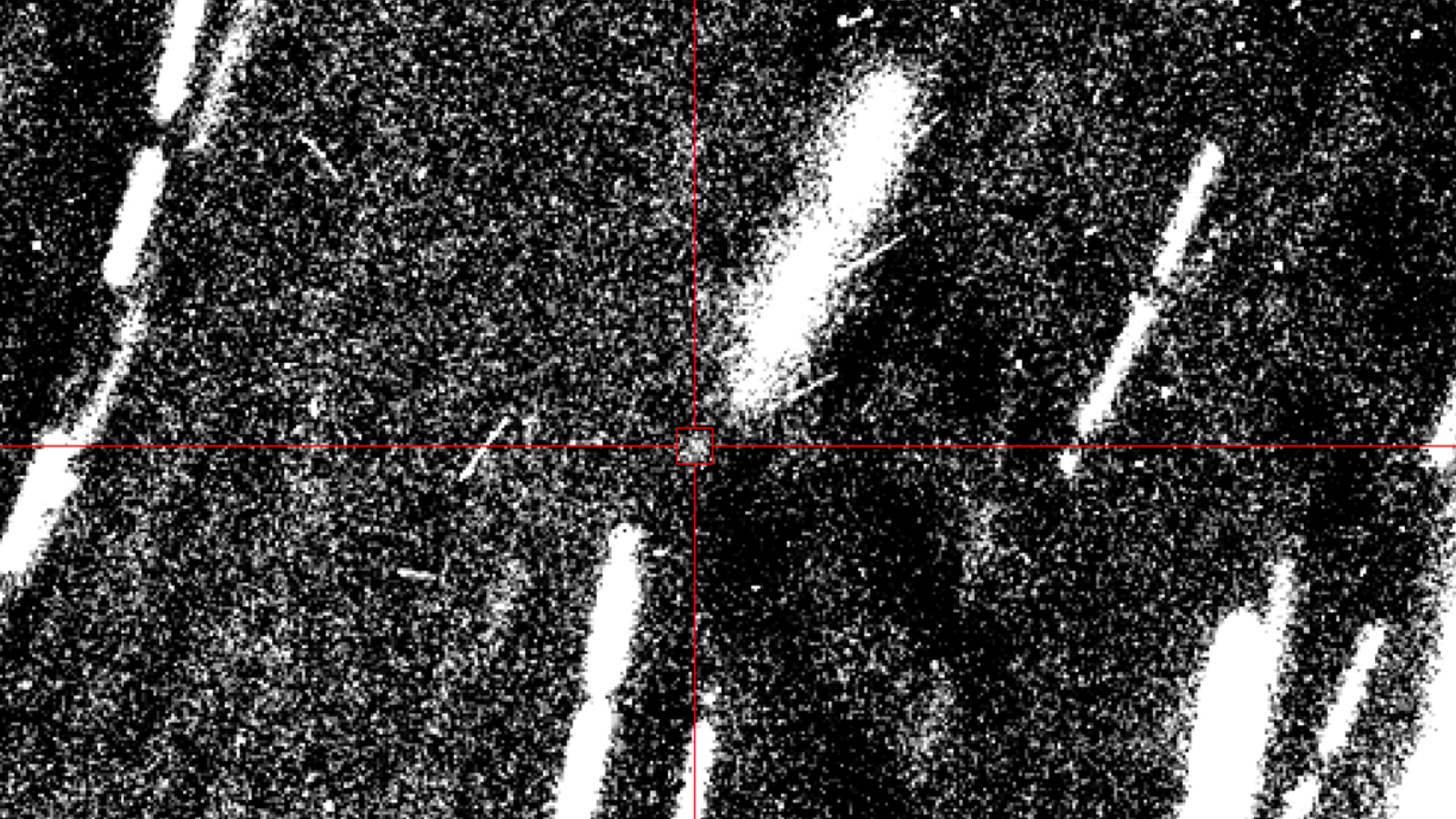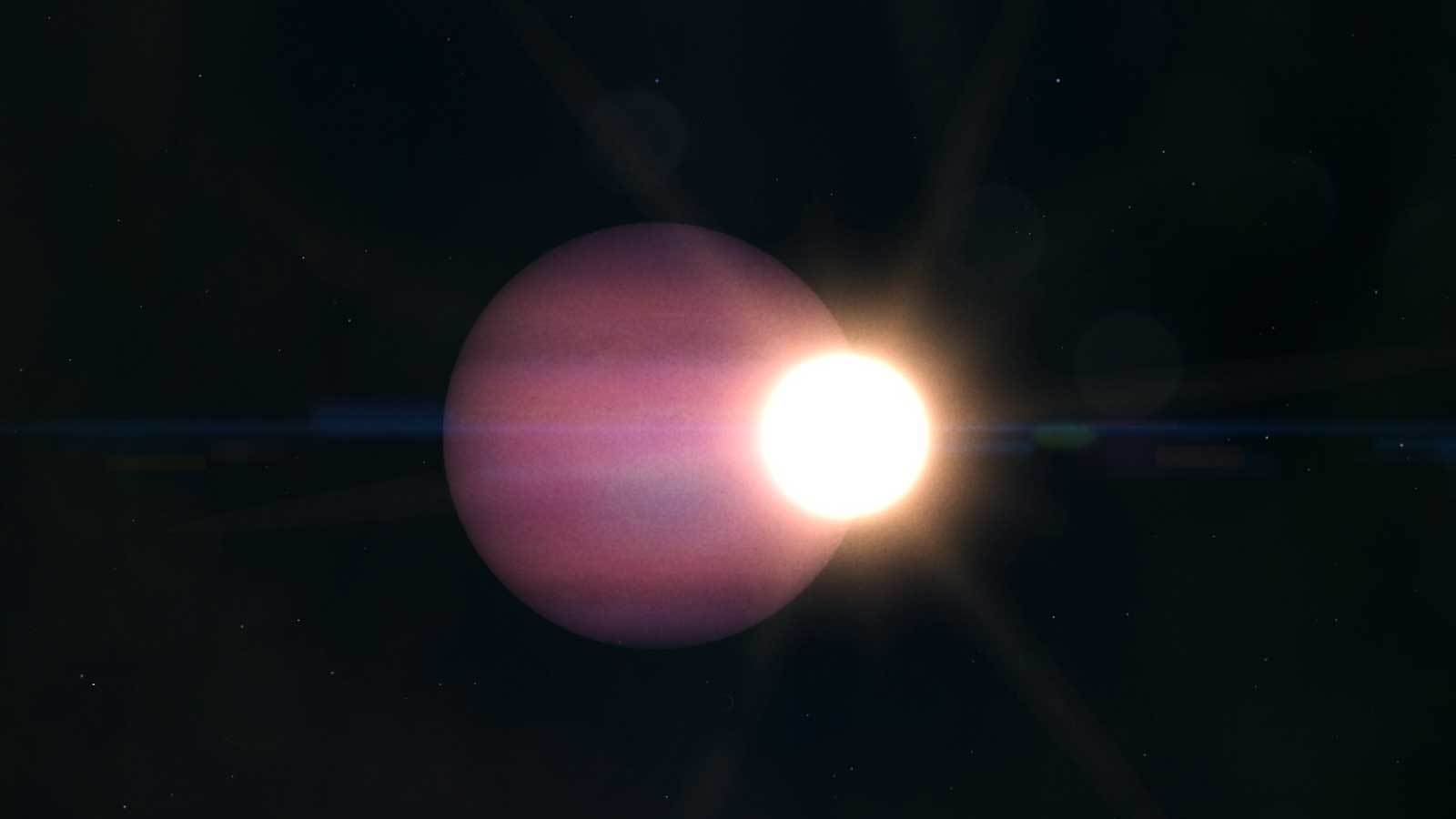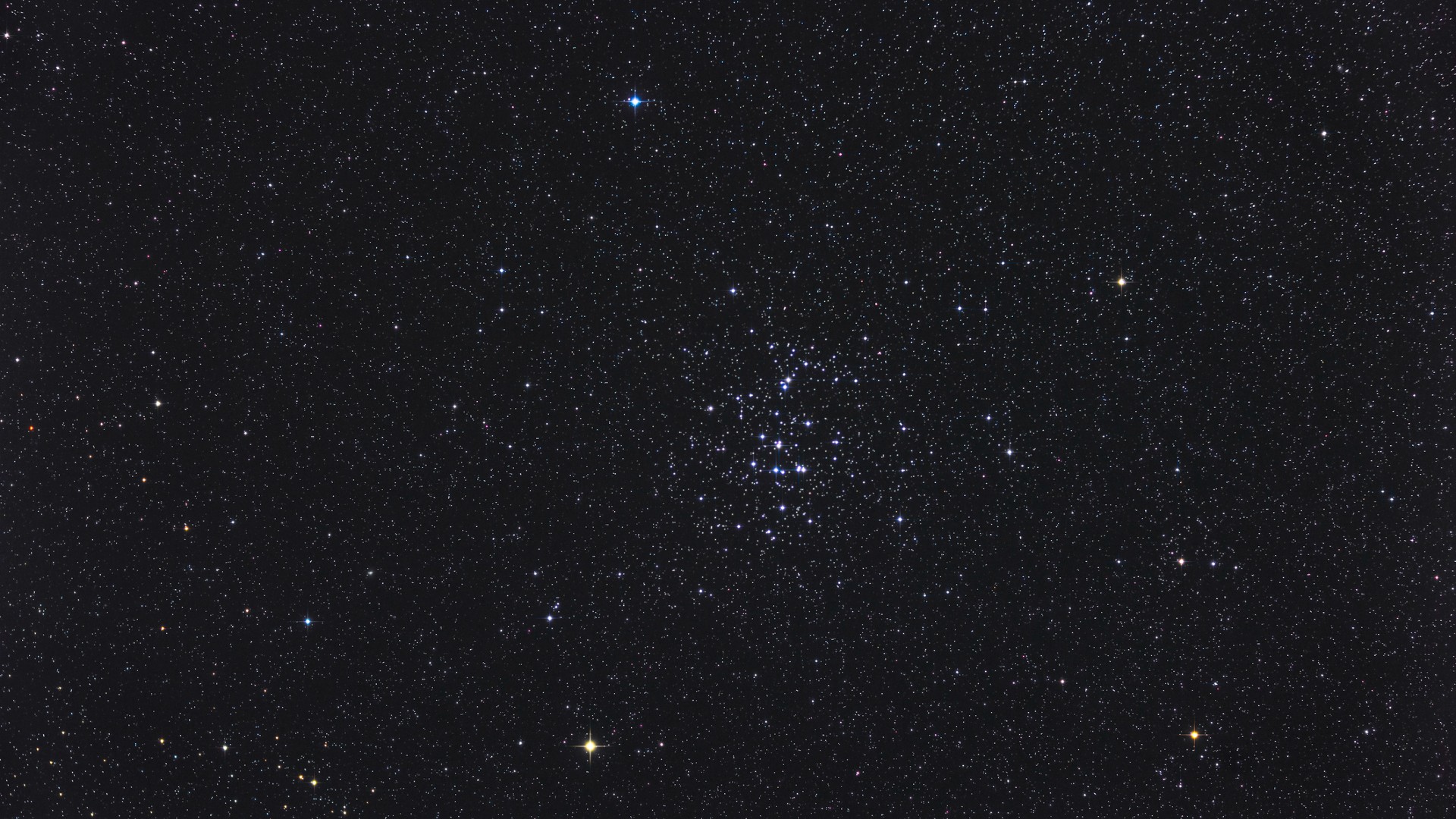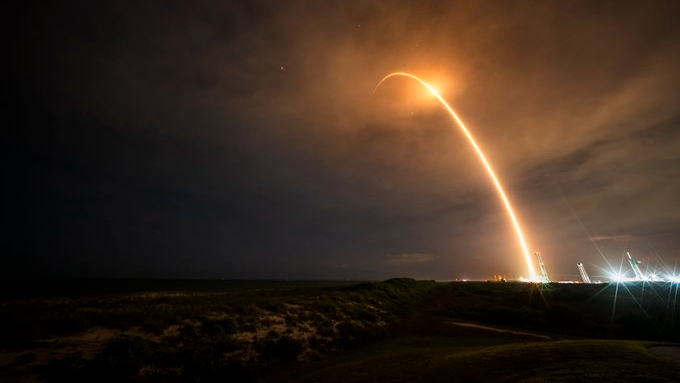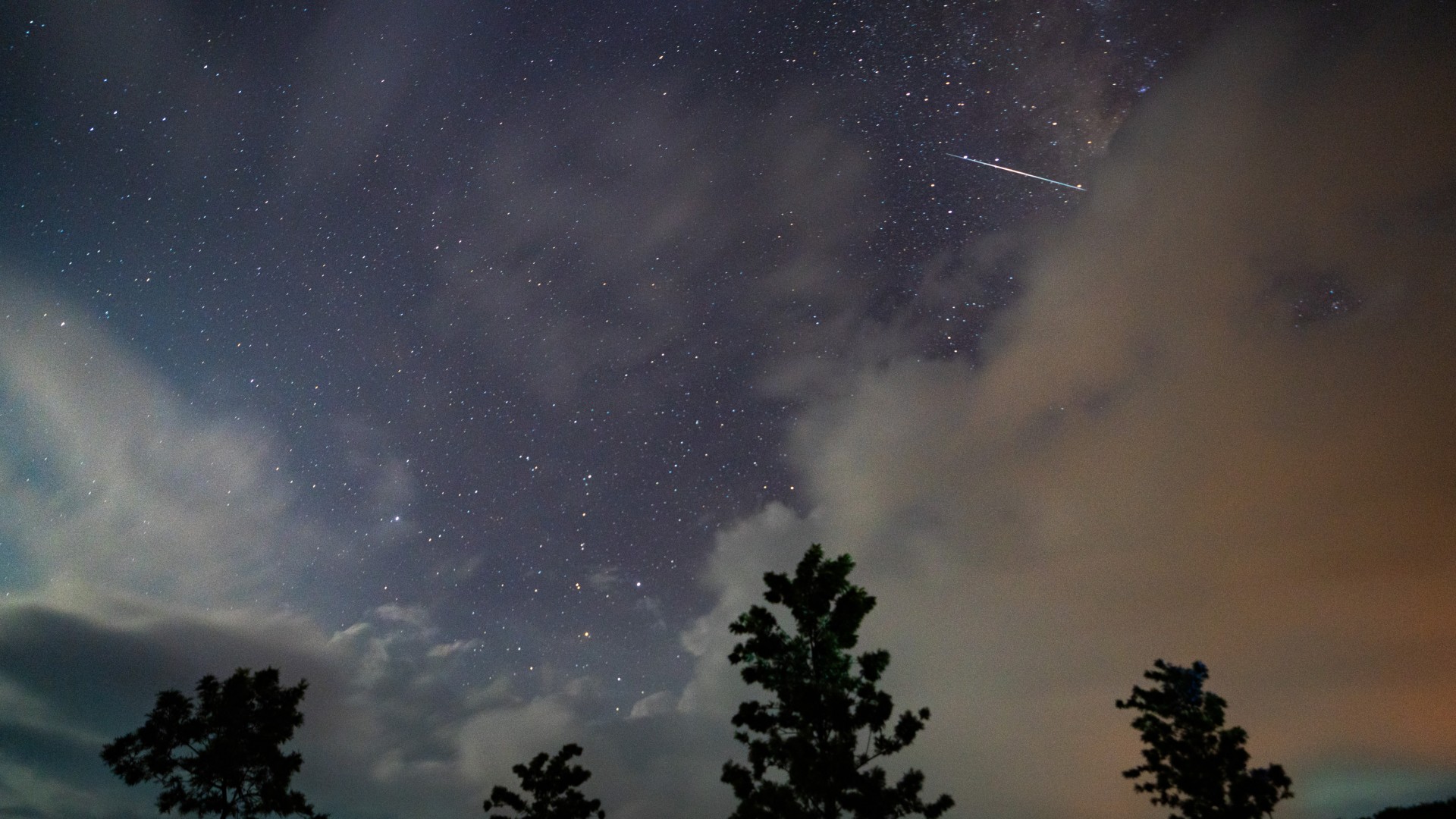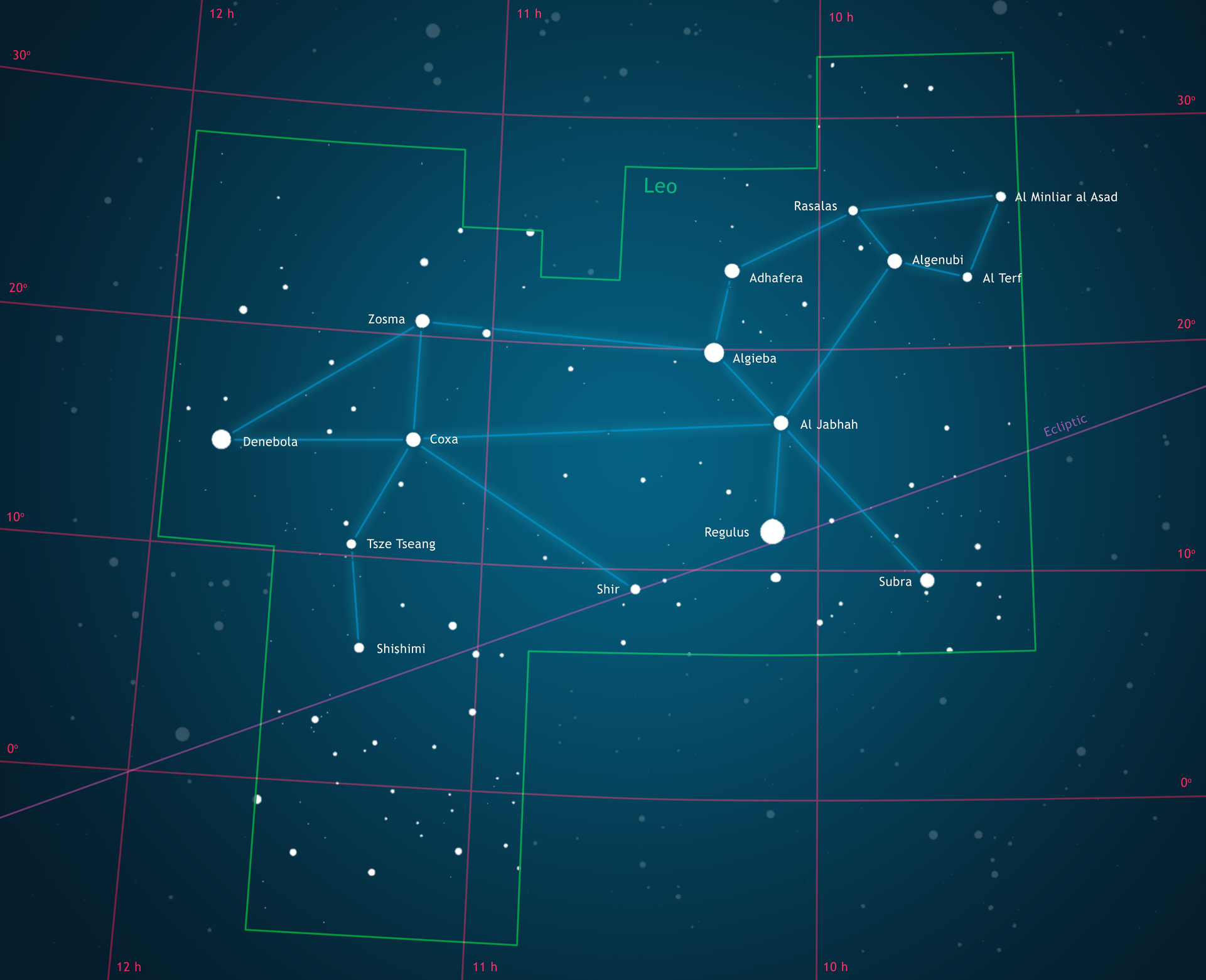Today is Star Wars Day and there are loads of deals to be had for Star Wars fans! This Lego Star Wars R2-D2 collectible is at its lowest ever price, down 30% to $168! The 2315-piece set will please classic and new Star Wars fans and is a steal at this limited-time price. Save 30% on Lego R2-D2 when you grab it on Amazon This is one of the biggest Lego Star Wars deals available at the moment, you can grab the display model R2-D2, which comes with an information…
Read MoreCategory: The Moon
Our moon
A whole ‘population’ of minimoons may be lurking near Earth, researchers say
Earth’s minimoon may be a chip off the old block: New research suggests that 2024 PT5 — a small, rocky body dubbed a “minimoon” during its discovery last year — may have been blown off the moon during a giant impact long ago, making it the second known sample traveling near Earth’s orbit. The discovery hints at a hidden population of lunar fragments traveling near Earth. “If there were only one object, that would be interesting but an outlier,” Teddy Kareta, a planetary scientist at Lowell Observatory in Arizona, said…
Read MoreJames Webb Space Telescope finds coldest exoplanet ever seen, and it orbits a dead star
Astronomers using the James Webb Space Telescope (JWST) have detected the first planet seen orbiting a dead star, offering new insights into how planets evolve during the final stages of a star’s life. The James Webb Space Telescope‘s observations of the exoplanet, named WD 1856+534 b, also confirm it is the coldest exoplanet to date, which could pave the way for the first detailed atmospheric studies of gas giant exoplanets and help us contextualize our solar system on a cosmic scale. “We were all a bit surprised — and excited…
Read MoreWill SpaceX’s Starbase become a city? Voters will decide on May 3
SpaceX could soon have its own city in South Texas. In December, Elon Musk‘s company submitted a petition requesting an election to potentially incorporate its Starbase site — the manufacturing and launch hub for its new Starship megarocket — as a city. And now the time has come: The election will be held on Saturday (May 3). If you’re expecting some late-night vote-counting drama, you’ll probably be disappointed. You may like “The election is likely to go Musk’s way. That’s because most of the voters work for him,” wrote Lauren…
Read MoreSee the moon and Mars buzz a cosmic Beehive this weekend
It is rare when we highlight a celestial event (or events) that involves the zodiacal constellation of Cancer the Crab. In Greek mythology, Cancer was summoned to distract Hercules when he was battling the multiheaded Hydra the Serpent. The crab was crushed by Hercules’ foot, but to reward his effort Hera placed it among the stars. One of my astronomy mentors, the late Dr. Ken Franklin of New York’s Hayden Planetarium, used to refer to Cancer as “the empty space” in the sky. Indeed, it’s the least conspicuous and second…
Read MoreThis strange bacteria aligns to Earth’s magnetic field and needs friends to survive
In her book “Beyond Anxiety: Curiosity, Creativity and Finding Your Life’s Purpose,” the sociologist and life coach Martha Beck describes two different ways humans group in society: One structure is based on rigid rules, such as government systems, and the other, called a “social cell,” is based on personal ideals. These idealistic, so-called social cells don’t have a clear leader. Instead, they move toward a common goal driven by a desire for connection. While it’s not exactly a social science, it turns out bacteria have their own versions of these…
Read MoreSpaceX Falcon 9 rocket launches 28 Starlink satellites to orbit from Florida (photos)
SpaceX has launched another Starlink mission, keeping a steady pace of adding to the satellite megaconstellation every few days. A Falcon 9 rocket launched SpaceX‘s Starlink 6-75 mission Thursday night (May 1) from Cape Canaveral Space Force Station (CCSFS) in Florida. The Space Coast liftoff occurred at 9:51 p.m. EDT (0151 GMT on May 2) from CCSFS’s Launch Complex-40 (LC-40) . The rocket carried 28 new Starlink satellites to low Earth orbit (LEO), where they will join a constellation of more than 7,200 broadband satellites. A long-exposure photo of the…
Read MoreThe Eta Aquarid meteor shower peaks May 6. Here’s what to expect from the ‘crumbs’ of Halley’s Comet
Among the top 10 meteor showers appearing annually, one of the best will be reaching its peak on Tuesday morning (May 6). The Eta Aquarid shower ranks among the top four in terms of overall activity. Because the meteors appear to emanate from a spot on the sky (called the “radiant”) in the Water Jar of the Aquarius constellation — hence the name “Aquarids” — their visibility favors prospective skywatchers south of the equator. Indeed, for those living in the Southern Hemisphere (Santiago, Johannesburg Melbourne, Auckland), the Eta Aquarid radiant…
Read MoreHow to see a celestial ‘gazelle’ cross the night sky close to the Big Dipper this week
With the constellation Ursa Major high in the sky, late April presents an ideal opportunity to spot the ‘Three Leaps of the Gazelle’ asterism – a set of three stellar pairings hanging below the Great Bear‘s most famous feature: the seven stars of the Big Dipper. The first mention of the Three Leaps of the Gazelle asterism was seemingly penned by the 13th century Arabic astronomer and mathematician Ulugh Beg, according to a 2021 post from the University of Arkansas at Little Rock. The three star pairings – an asterism…
Read MoreCapture May’s full moon and the Eta Aquarid meteor shower with the best DSLR for astrophotography, now $600 off
The Nikon D850 has been reduced from $2,396.95 to a staggering $1,796.95, which is an incredible discount if you’re in the market for one of the best DSLR cameras ever made. It’s the first time we’ve seen the D850 come in at under $2,000, even beating the Black Friday price (which was $2,196.95). Get the Nikon D850 for just $1,796.95 and save $600 at Adorama. Our resident camera guru, Jase Parnell-Brookes, called the D850 an astrophotography master, and Jase highlighted the Nikon D850’s brilliant design with its backlit buttons, excellent…
Read More
